
Responsibility
Global trends in climate change detected in indicators of ocean ecology
Climate change effects in marine-surface microbial ecosystems may be undetected because previous studies have taken other approaches.
Responsibility
A new study indicates deep sea phytoplankton thrive with ocean warming, raising concerns about marine ecosystems.

Responsibility
Climate change effects in marine-surface microbial ecosystems may be undetected because previous studies have taken other approaches.
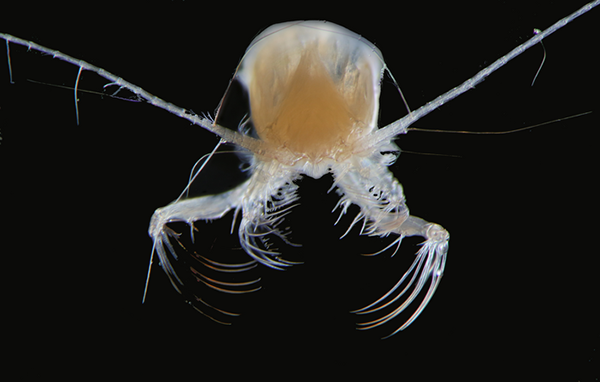
Fisheries
Australian team models the impact of climate change on zooplankton, which represents about 40 percent of the world’s marine biomass.
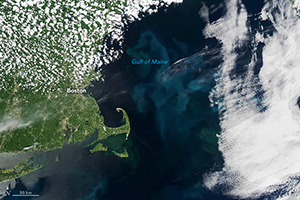
Responsibility
Phytoplankton are about 65 percent less productive in the Gulf of Maine than they were two decades ago, according to a new NASA-funded study.
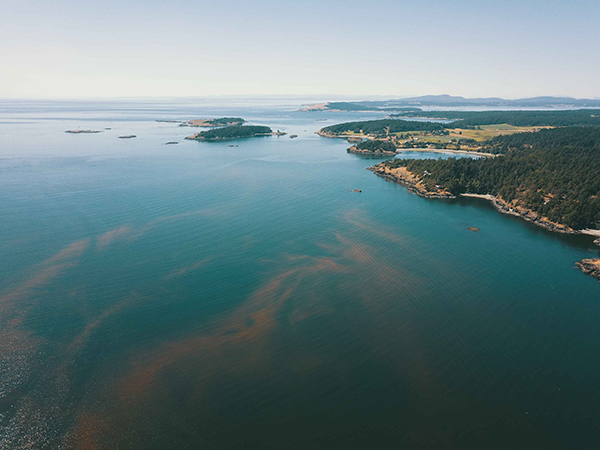
Intelligence
Salmon farms are vulnerable to the impacts of harmful algal blooms. Scotland's aquaculture industry is embracing technology as a solution.
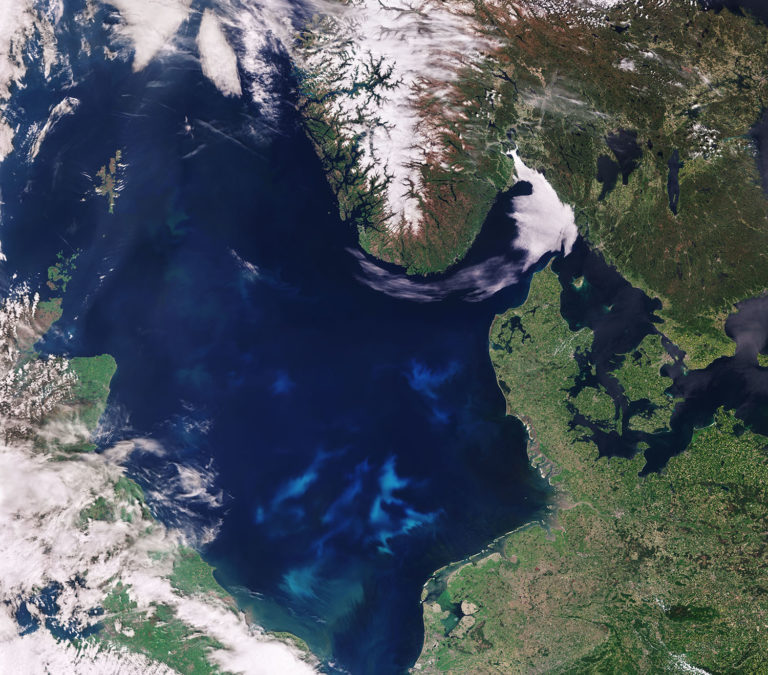
Innovation & Investment
The causes and effects of harmful algal blooms have only been studied recently, as damage to the global aquaculture industry mounts.
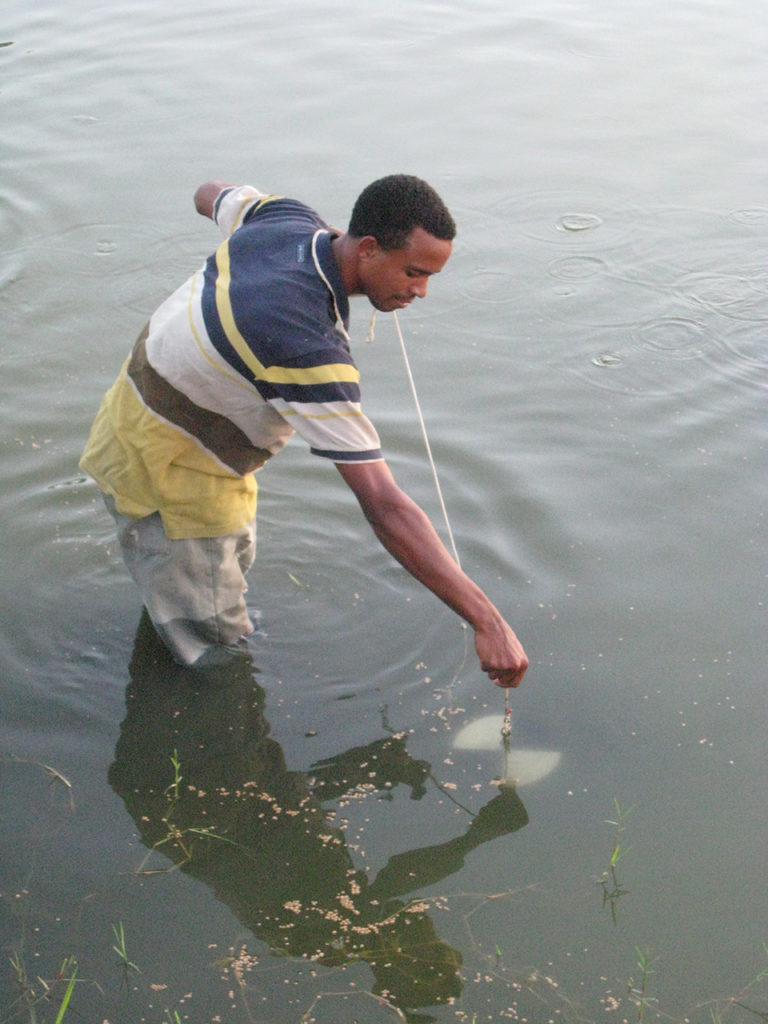
Responsibility
Prof. Boyd provides additional insights into fertilization of aquaculture ponds, discussing phytoplankton requirements, organic and inorganic fertilizers, and other relevant aspects of pond management.
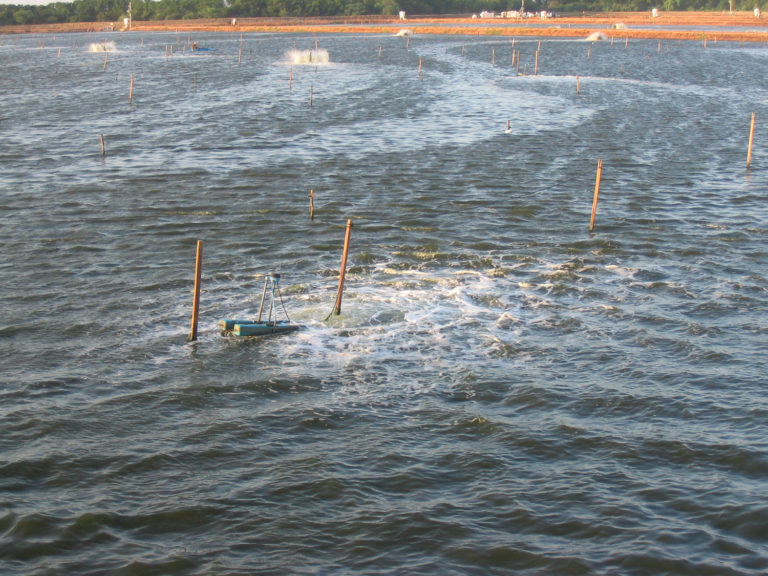
Health & Welfare
Dissolved oxygen management is the most important requirement of aquaculture pond water quality. DO concentration below 3 mg/L is stressful to shrimp.
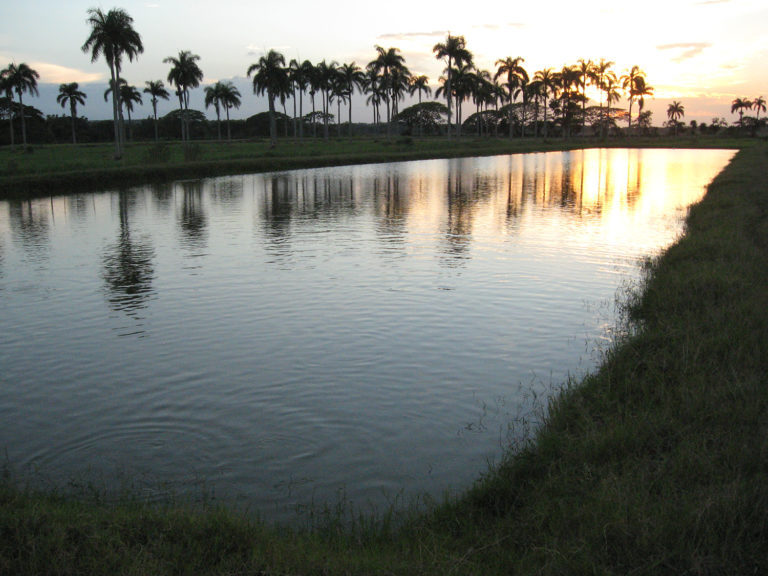
Responsibility
Intensification of pond aquaculture involves the use of commercial fertilizers such as urea and triple superphosphate to stimulate phytoplankton blooms. There is no objective way of determining the ideal fertilization rate for an individual pond.
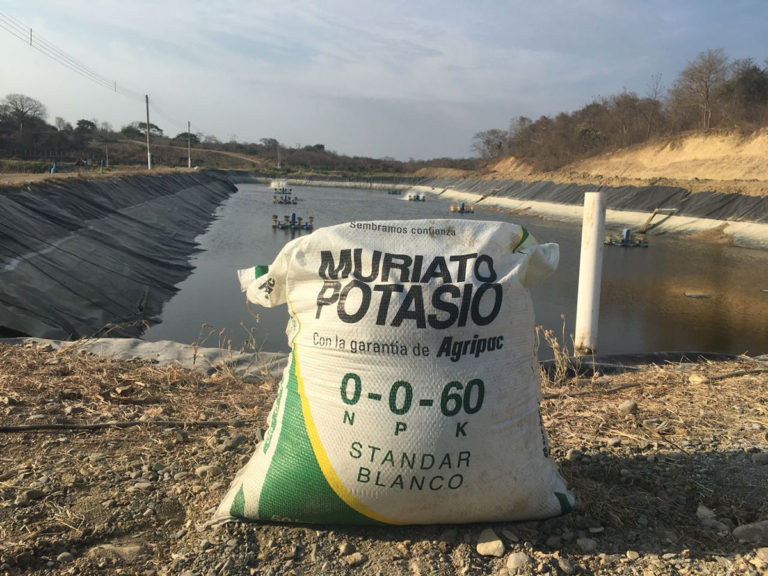
Responsibility
Commercial nitrogen and phosphorus fertilizers are widely used in aquaculture production systems to stimulate phytoplankton growth and the food web that provides natural food organisms beneficial to stocked fish fry and shrimp postlarvae.
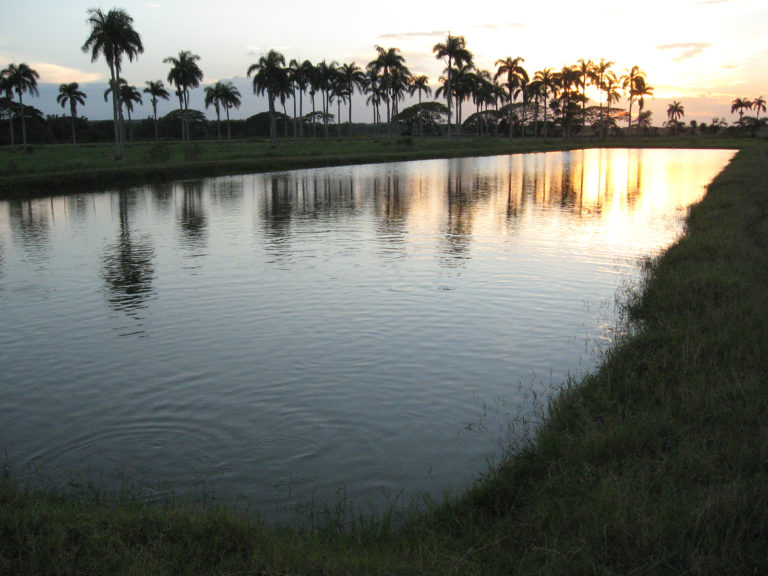
Responsibility
Changes in atmospheric carbon dioxide concentration should have little effect on rising alkalinity concentration in aquaculture systems. Climate change is of greater concern in freshwater aquaculture than is an increase in alkalinity.
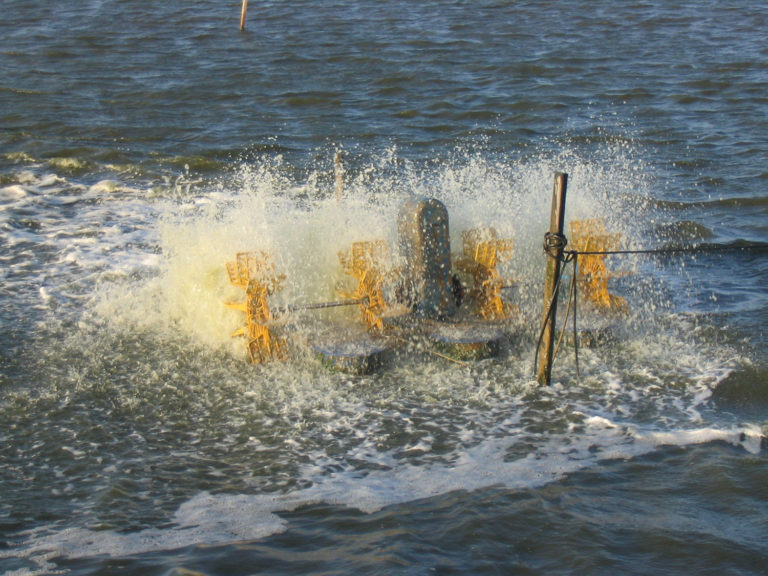
Health & Welfare
Phytoplankton has several important effects on water quality, including removing ammonia nitrogen from water and absorbing nutrients from the water for its growth. Abundance of blue-green algae tends to increase as nutrient inputs in aquafeeds or fertilizers increase.
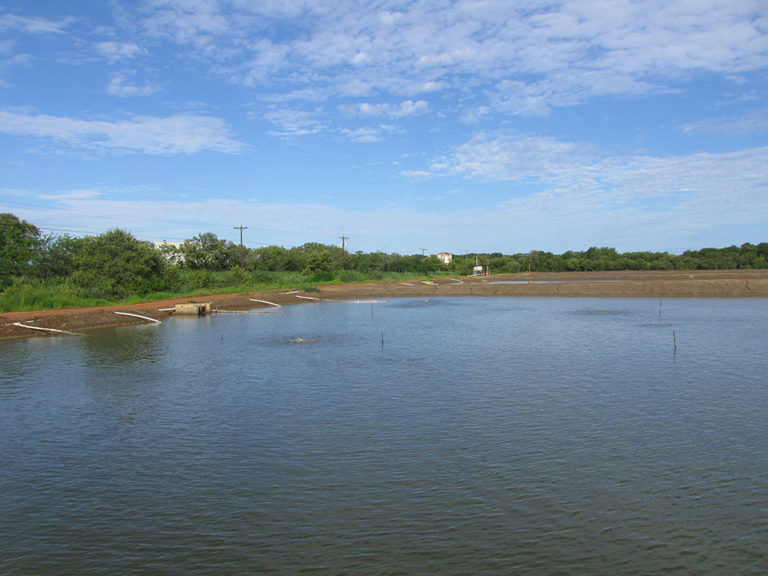
Responsibility
A vigorous phytoplankton bloom will support a healthy benthic community and will contribute significantly to stabilising and maintaining adequate pond water and bottom quality.
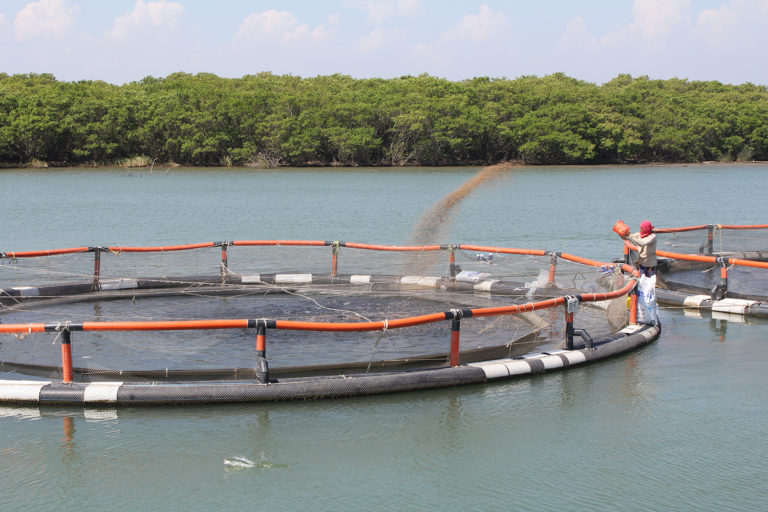
Aquafeeds
Manufactured aquafeeds, if improperly managed, can result in undesirable oxygen demand that can reduce dissolved oxygen levels and pollution through effluents, and stress cultured animals.
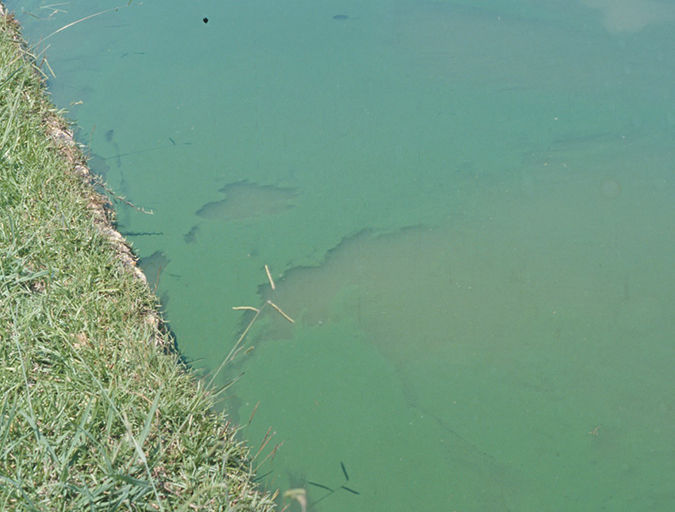
Health & Welfare
Los organismos fitoplanctónicos, o microalgas, son muy abundantes en los estanques de acuacultura y tienen un papel crítico en estos ecosistemas, influyendo significativamente en la ecología general del estanque y en la calidad del agua. El manejo adecuado de las poblaciones de fitoplancton es esencial para el éxito de la producción de estanques acuícolas.

Responsibility
It is one of the most commonly measured water quality variables in aquaculture, and probably the most misunderstood water quality variable in aquaculture. The pH levels in water have a propensity to change rapidly, but this is a natural phenomenon that often has little consequences and not much can be done to avoid it.